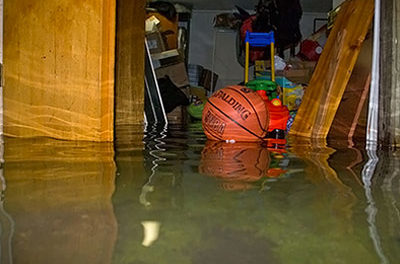Our government has a lot of moving parts. Even if you grow up in the United States, it can be tough to understand how it works and why things happen the way they do. With that said, everyone needs to know the basics of how their government works so they can take an active role as a citizen and be an informed voter.
One common point of confusion for Americans is the difference between the House of Representatives and the U.S. Senate. These two governing bodies both fall under the umbrella of Congress, which is where some of the confusion often comes in. Together, they make up the legislative branch of our government, which helps to ensure the system of “checks and balances” that is designed to prevent any of the three branches from abusing its power.
Ways the House and Senate are Similar
As part of the legislative branch, both houses of Congress can propose new legislation. Once a bill is introduced, it is discussed and voted on in the chamber where it originated. Then, if it passes, it’s sent over to the other chamber for the same process. A bill must pass in both chambers to be signed into law, but the President will then have an opportunity to review the legislation and approve it (or not!).
Another similarity between the two houses of Congress is the fact that all members of the legislative branch are elected representatives. We collectively choose people to represent us at the federal level with the goal of ensuring that the best interests of the people will be considered in any proposed legislation.
State Representation in Congress: the Senate vs. the House of Representatives
While both the House and Senate are made up of representatives from all 50 states, there’s a difference in the proportion of representation between the two. In the Senate, there are 100 members. Currently, the House of Representatives is made up of 435 elected officials.
Each state elects two senators to serve in the Senate. In the House of Representatives, however, the number of members is based on population. Smaller or less densely-populated states might have fewer representatives in the House, but they get the same number as other states in the Senate. For example, Michigan has 14 representatives in the House and two in the senate, while California has 53 House representatives and two senators.
The houses of Congress are set up this way in an attempt to ensure that smaller states were not shut out from the legislative project because they had fewer representatives. Still, the two-chamber system helps to ensure that more populous states are also fairly represented.
The Function of the U.S. House of Representatives and the U.S. Senate
In addition to introducing legislation, the two houses of Congress have a few additional responsibilities and powers. They have the power to levy taxes, declare war, and regulate commerce in addition to creating new laws.
Each chamber is allowed to set its own rules of operation, which has led to some differences in the way they approach new legislation. The House requires only a simple majority to pass legislation, while the Senate usually requires a three-fifths majority.
The House also has the sole power to impeach the President when necessary. The Senate, however, presides over any impeachment trial.
House vs. Senate: Age, Citizenship, Term, and Residency Requirements
To be elected to Congress, there are different requirements for each chamber. In the House of Representatives, candidates must be at least 25 years old, U.S. citizens for at least 7 years, and must live in the state where they are running. Representatives are elected every two years.
In the Senate, candidates must be at least 30 years old. They must be U.S. citizens for at least 9 years and live in the states they represent. Senators are elected every six years, with these elections staggered every two years. This helps to prevent the effects of short-term political pressure and upheaval in the Senate.
Many senators worked their way up from the House of Representatives, where they gained the experience needed for a successful Senate run. As there are only two Senators for each state, the competition for these seats is more intense than for the House of Representatives.
How to Get Started in a Government Career
If you’re interested in a political or government careers, you have to pay your dues and work your way up. It’s almost impossible to get elected into Congress unless you have significant experience in local politics. You’ll also want to pick up a degree, perhaps in political science or a related field.
Most of our leaders started small. They were elected to local governments and got involved. They turned their passion for their communities into a career. And with enough dedication and momentum, perhaps you can too.




![BuzzBGone Reviews, Consumer Reports [Scam Or Legit?]](https://marylandreporter.com/wp-content/uploads/2022/08/BuzzBGone-Reviews-Consumer-Reports-Scam-Or-Legit-440x264.jpg)


Recent Comments